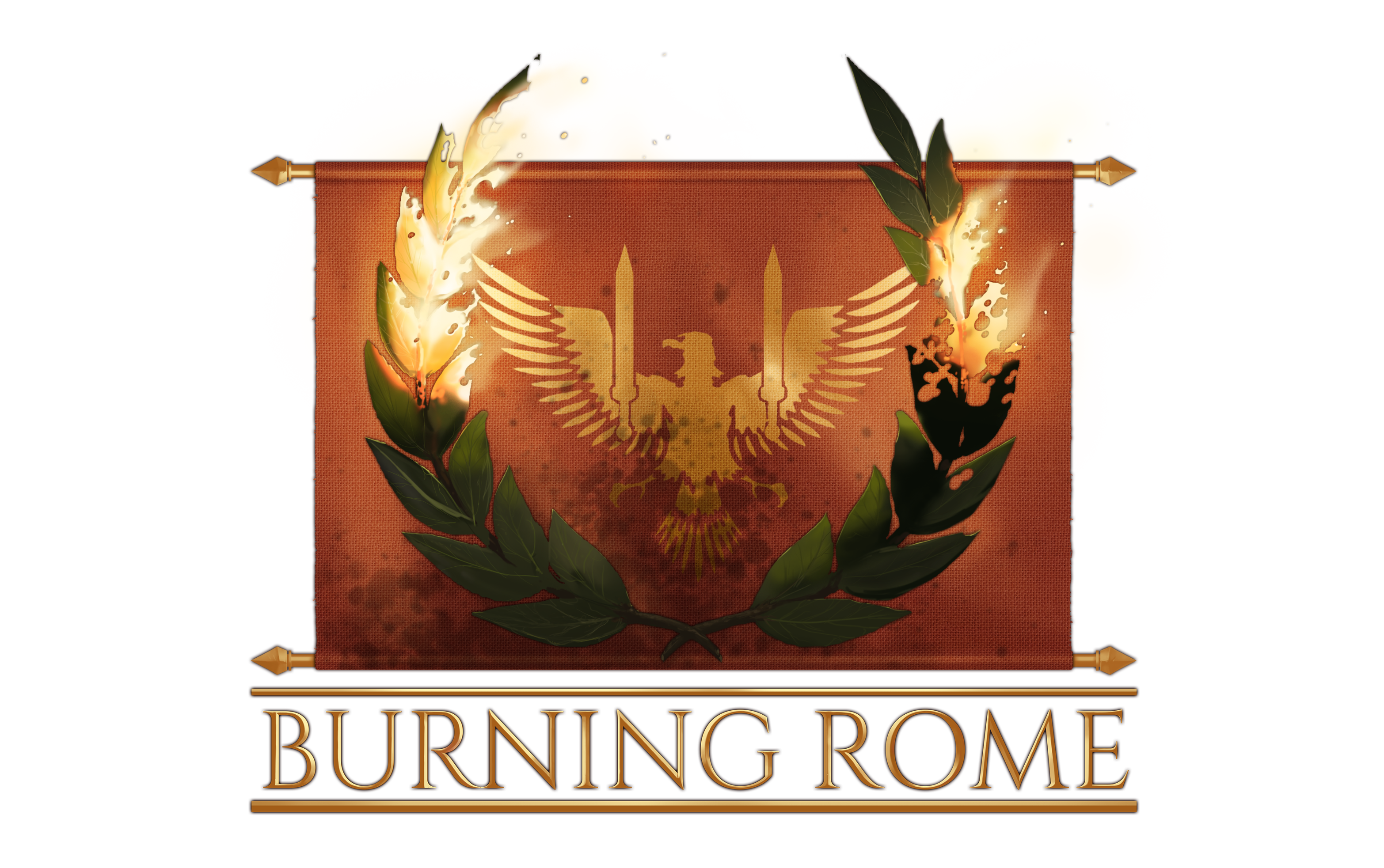Hi guys, I’m Emil Larsen a board game designer from Denmark. I’ve been Kickstarting, designing and publishing games for the last 4-5 years while working as an Officer in the Danish Army.
Niklas reached out to me because he wanted to hear how it is to work with illustrators from a designer’s perspective. Now I want this article to be something both a designer and illustrator can use when approaching or dealing with a project like a board game, hopefully bridging the gap between the two perspectives. So here’s my take on it 🙂
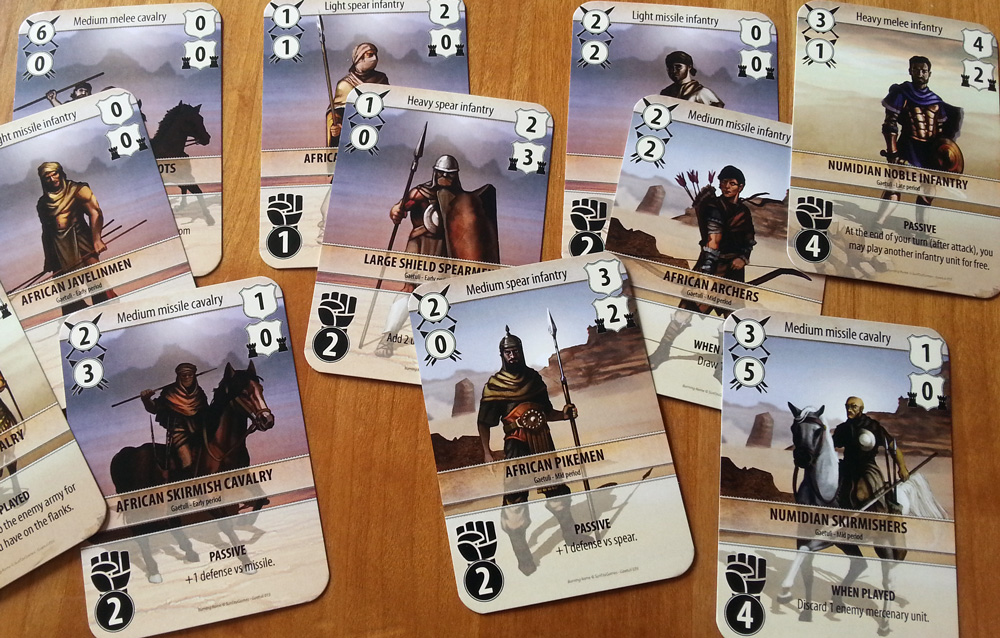
I’ve been working with illustrators, layouters, artists etc. during most of my entrepreneur career, now stretching almost 11 years. My recent card game Burning Rome is probably the most fluent experience I’ve had in terms of creative projects, interaction and involvement of freelancers. This is especially true when taking into account that 8 illustrators have been involved in Burning Rome and its first Stand-alone expansion.
Before beauty, but with beauty in mind
Whenever I start on a new game I start with the mindset that this may be a published product one day. It basically means that I always think within a frame of a full project. I handle folders, Excel (game data), rule writing and artwork with the prospect of it being published as a complete game at some point.
Whenever I start on a new game I start with the mindset that this may be a published product one day.
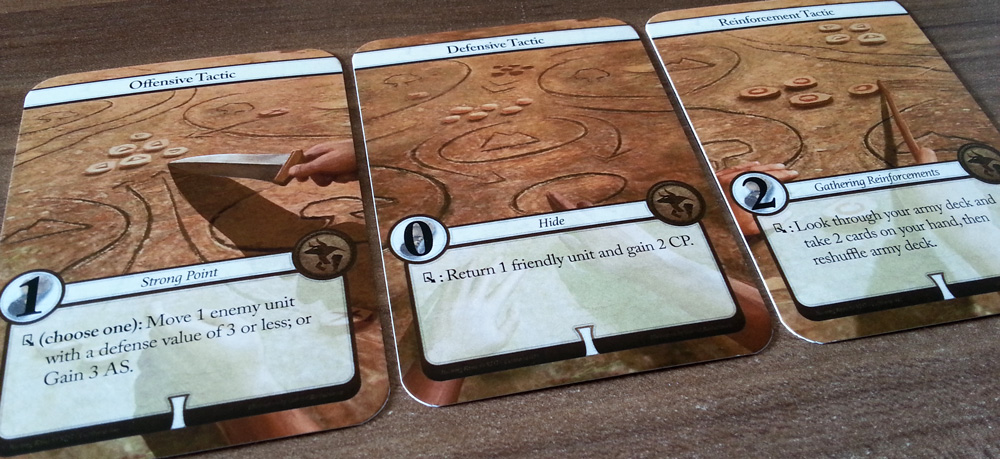
That’s some pretty words, but what does it really mean?
- From the beginning I build my game’s data with scale and InDesign merging in mind (artwork links and all). This also lets me analyse the amount of data a game element might have before it’s even printed the first time.
- I choose and name placeholder artwork from the get go. By doing so I get into the theme and setting of the game, while also assessing the amount of artwork required. This interaction with other’s artwork also lets me brainstorm on the style I want for the game.
In this article I won’t get into play testing as this is a study all by itself. Just keep in mind that play testing is also a visual process, where you confirm the usability of your layout, graphics and much more.
How to find an illustrator, align expectations and test the relation
Once I have a game which I believe will survive the journey into a product. I’ll go look for artists. For me this usually means looking for illustrators, as I have a background in visuals and can deal with most layout challenges myself.
There’s a plethora of platforms where you can find illustrators, so the challenge is not “where to look” but “what to look for”. I’ve listed (in no particular order) a few bullets I look for when judging a new illustrator.
- What’s the range of the illustrator? Genre and drawing style.
- Is the illustrator inspired by existing franchises?
- Is the illustrator doing many quick sketches, or few huge drawings?
- Is the illustrator cultivating a following and interacting with its community?
Once you’ve found a handful of illustrators who might fit the bill, it’s time to reach out.
Here I’ll always recommend you guys to be up front about everything. Cut to the chase, so you can start talking about expectations.
Always include the following when approaching a freelancer:
- Who are you and what do you do?
- And why can you pull this off?
- What’s your end goal with the project?
- And how far are you?
- What’s the project’s scope?
- Expected amount of work for the illustrator etc.
- Do you have deadlines or processes that need to be followed?
- Kickstarter dates, prototyping, promotion etc.
- What assets do you have?
- Programs, already existing materials etc.
- And of course… Payment!
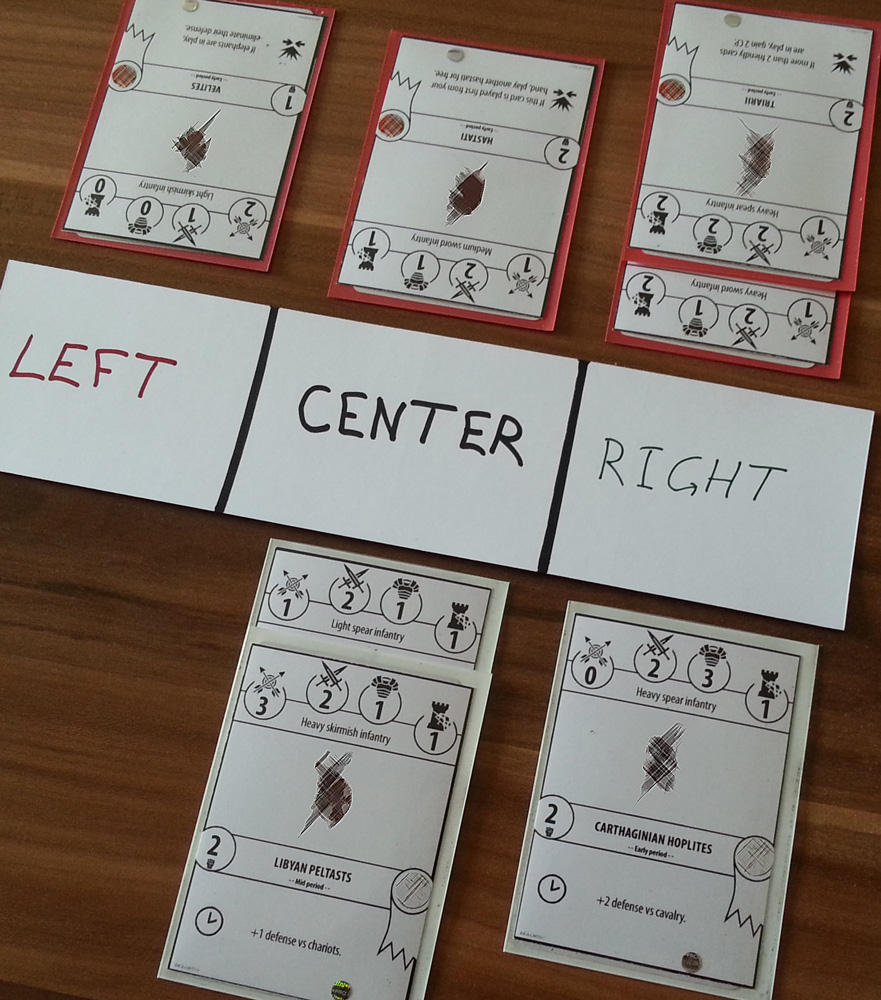
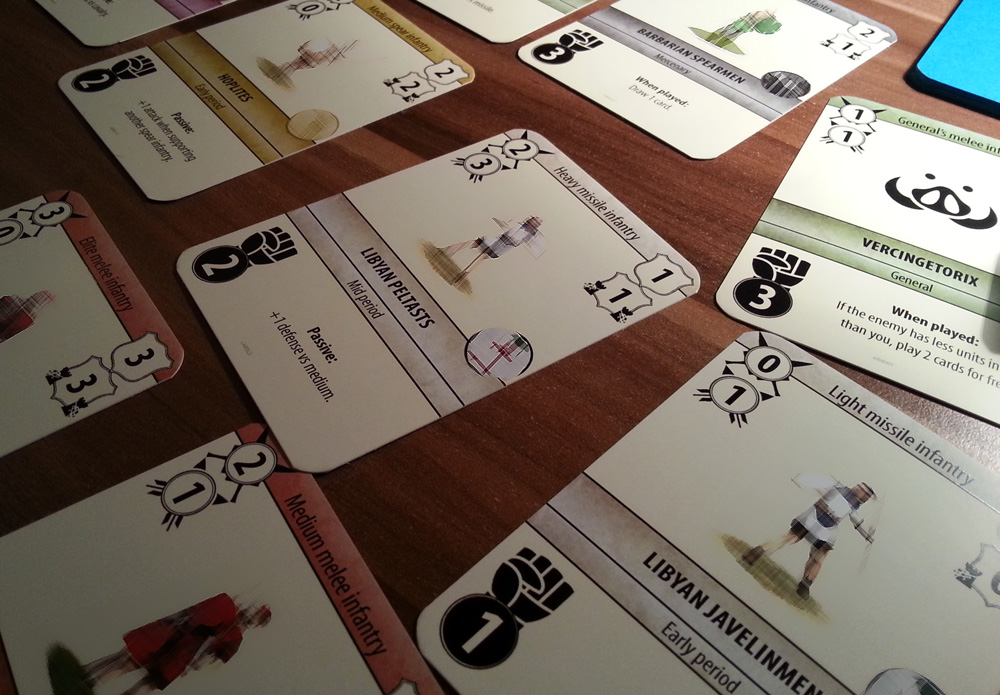


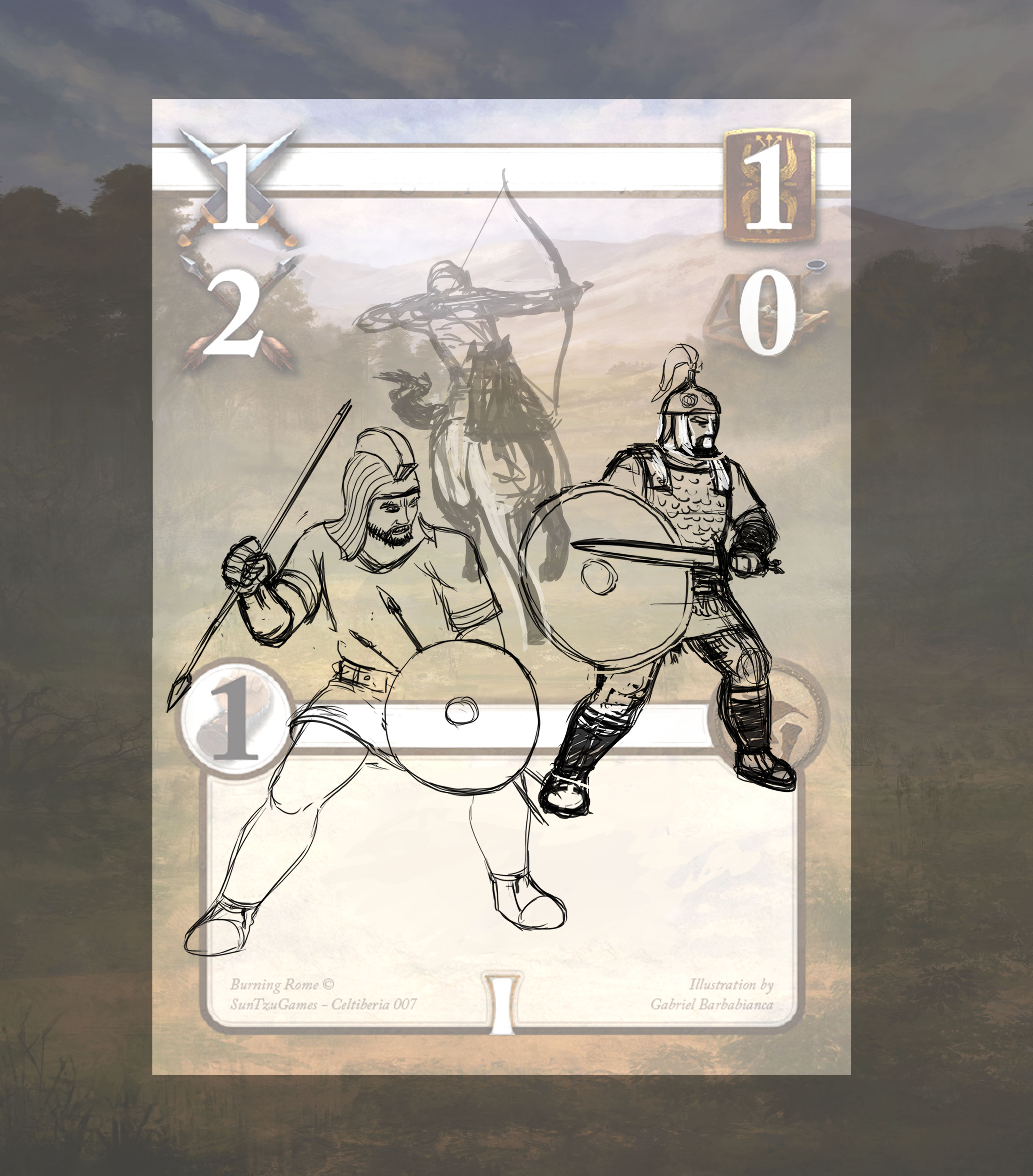

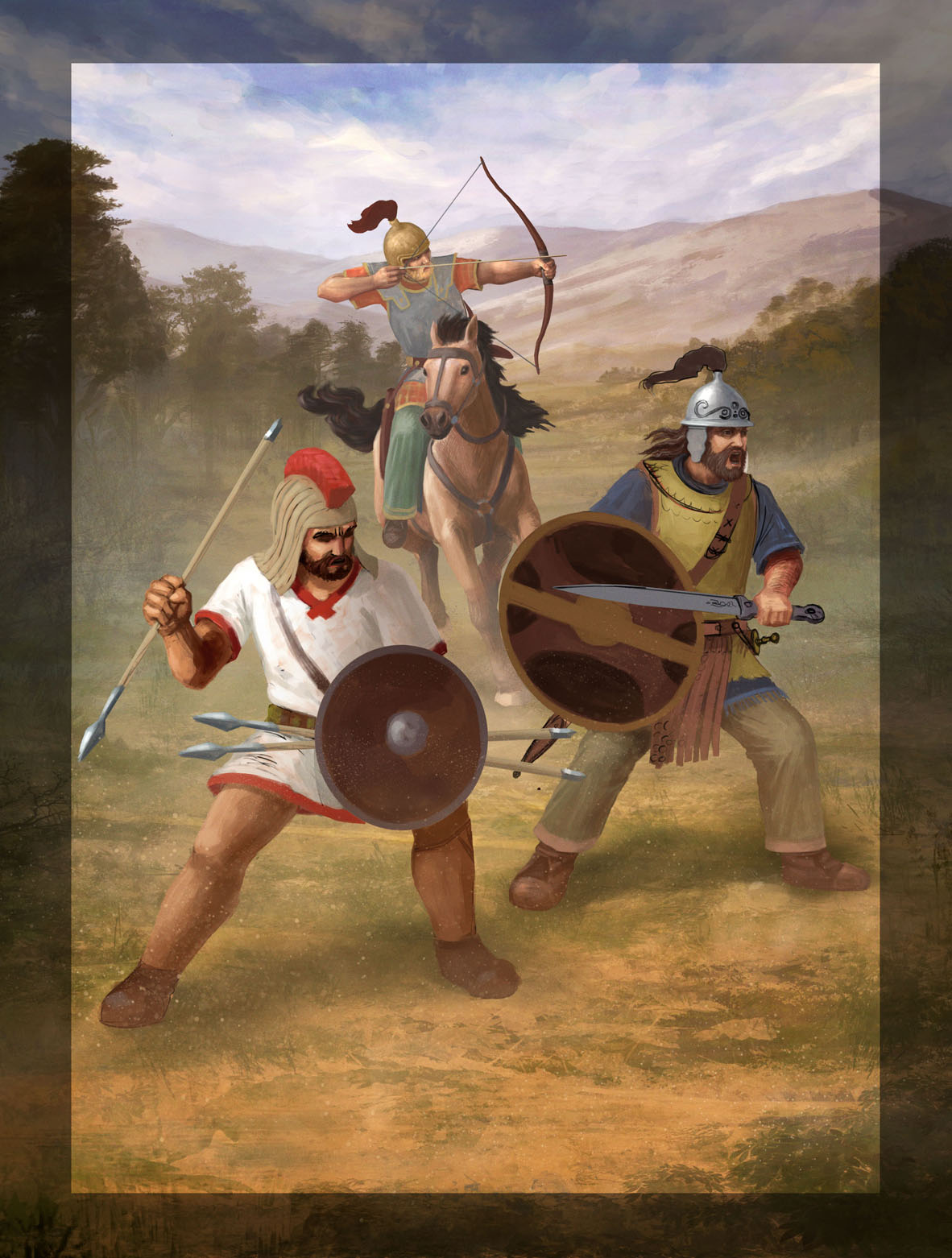
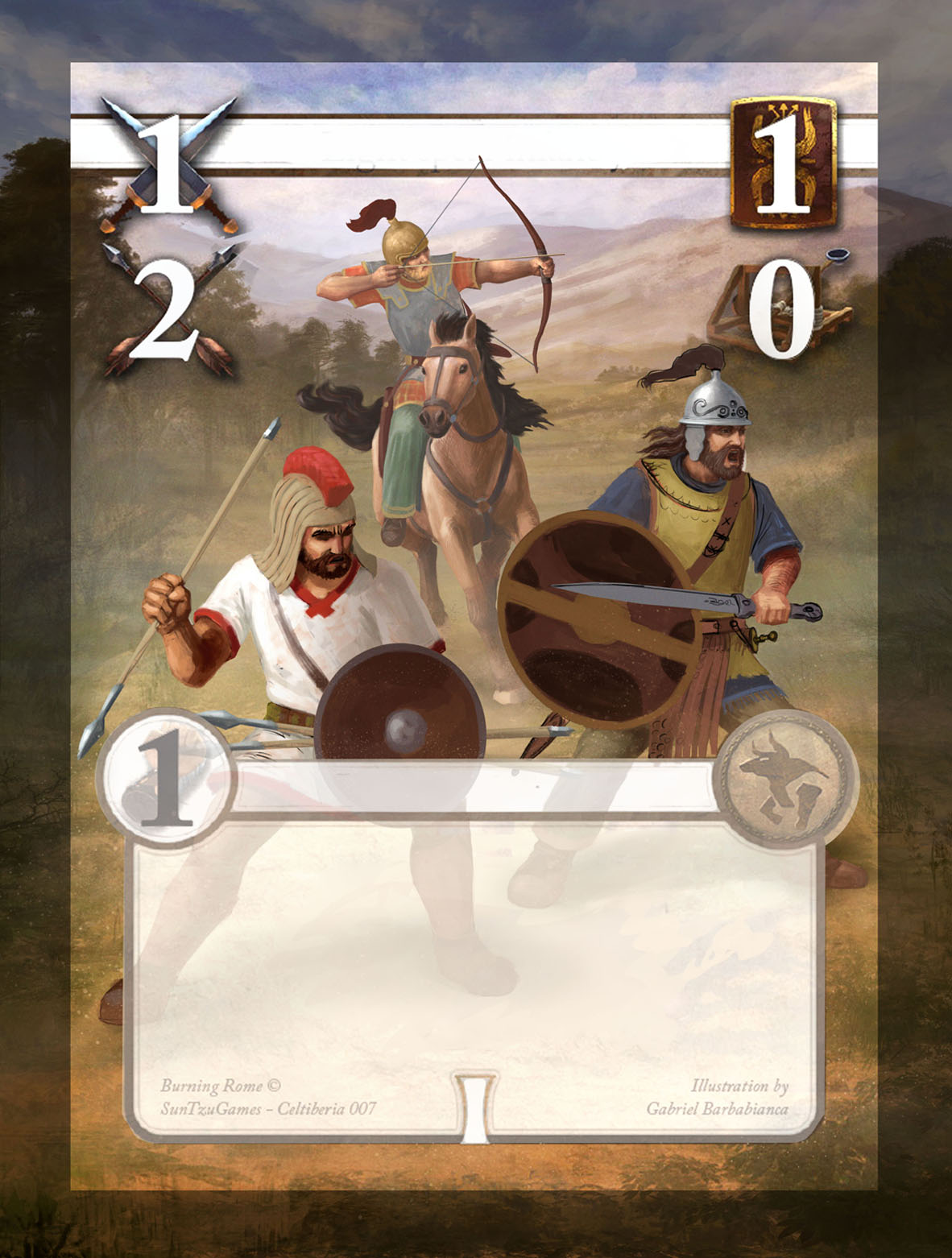
Once I’ve established the initial connection with the illustrator, I provide a paid “sample task” for them (I’d recommend the illustrator asking for a sample, if none is suggested). This is to get an idea if the work relation and process will be a fit for the illustrator. Because the initial talk might not reveal any challenges here.
I also do this to check:
- Is the illustrator prone to research (this can be particularly important when treating historical topics)?
- Is the illustrator invested in their work, can argue for choices, talks about with a passion? I once had an illustrator who made some sci-fi illustrations for me that was actually pretty neat. But the illustrator wrote several things during our conversations like “yea, it’s a transport ship or whatever” , which indicated a lack of interest in the topic.
- Is the illustrator willing to change content to suit my need? I want there to be at least 2 iterations where I’m able to adjust the work.
- Is the illustrator being too inspired by established work? I once had an illustrator who made an artwork for my first game Burning Suns, with the exact composition as a Halo poster. Just not a wise choice when I’m well-versed in the game industry 😉
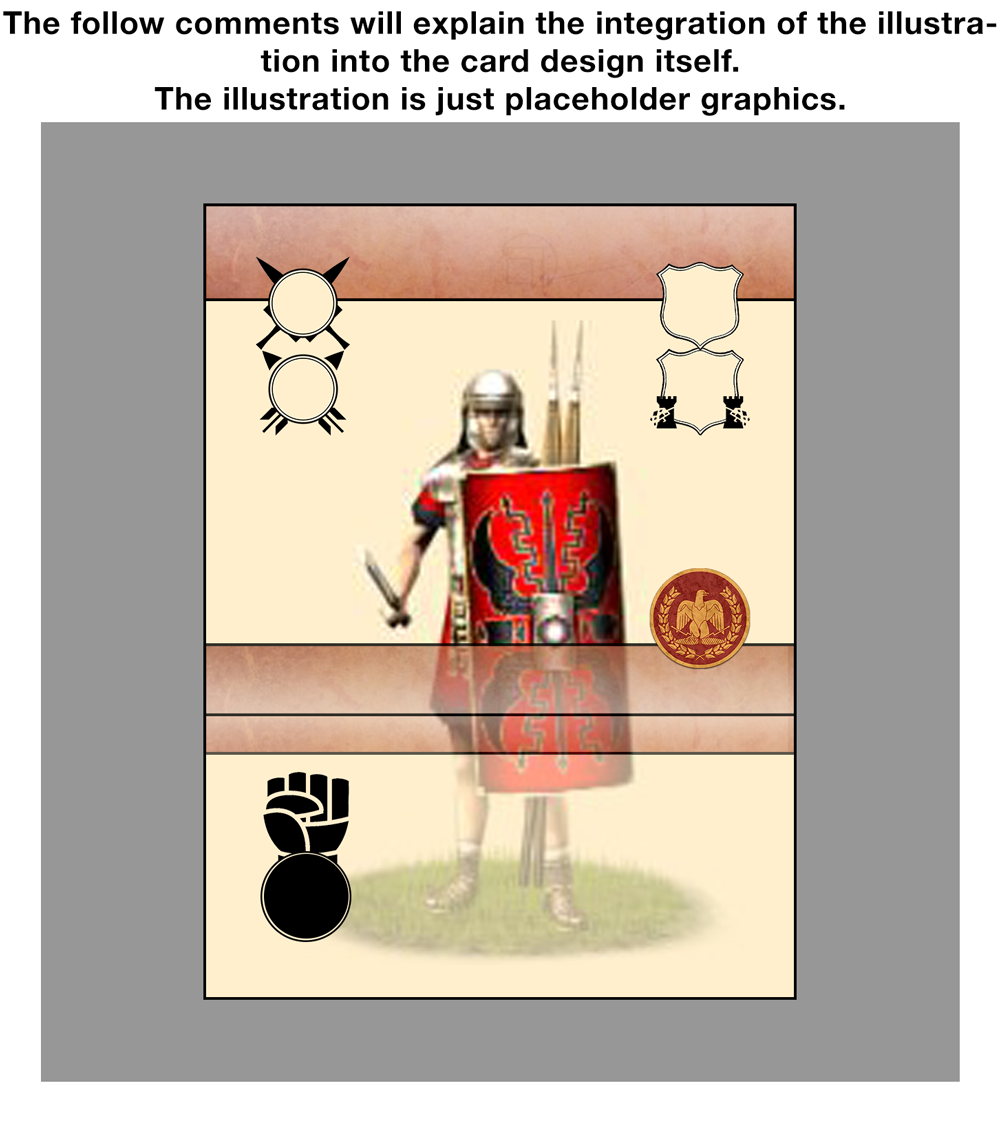

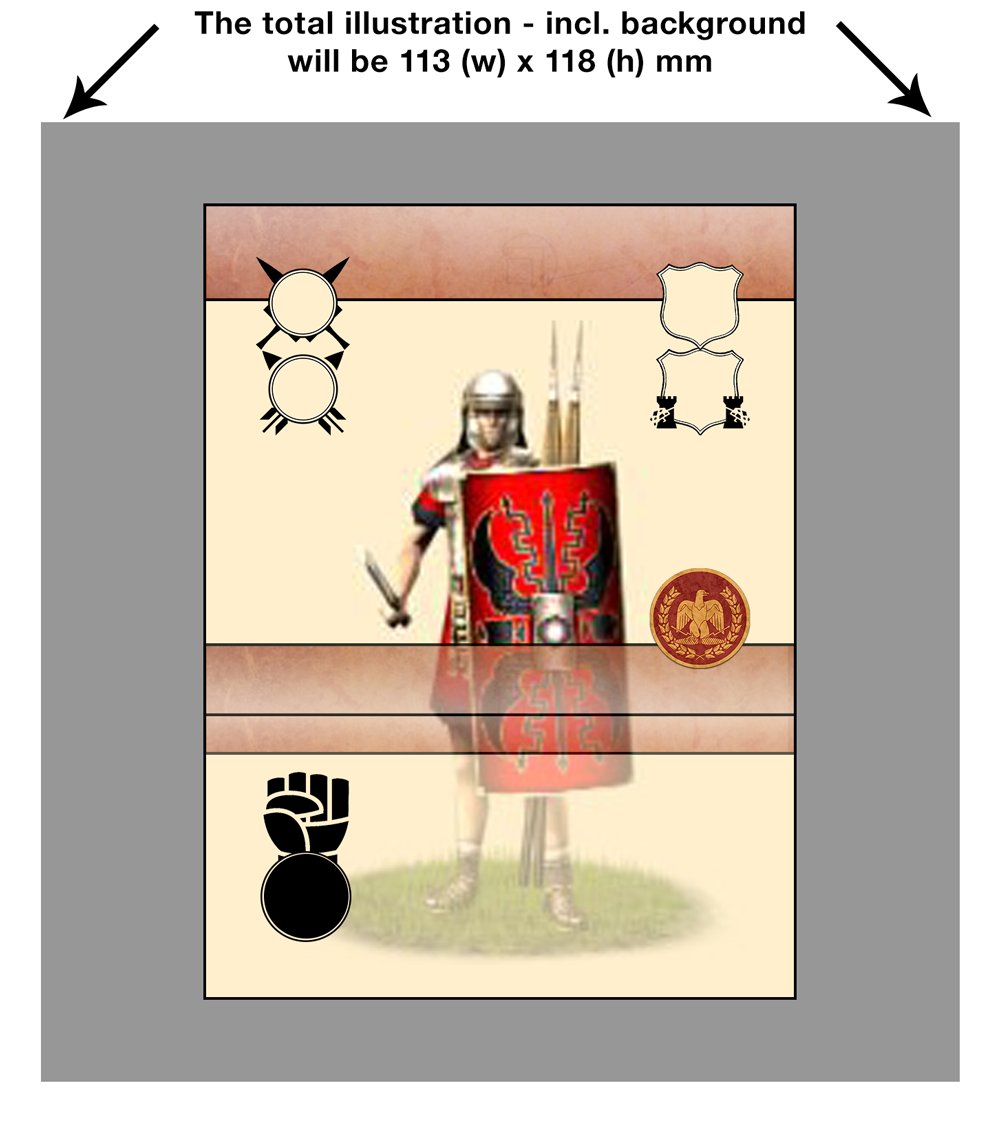

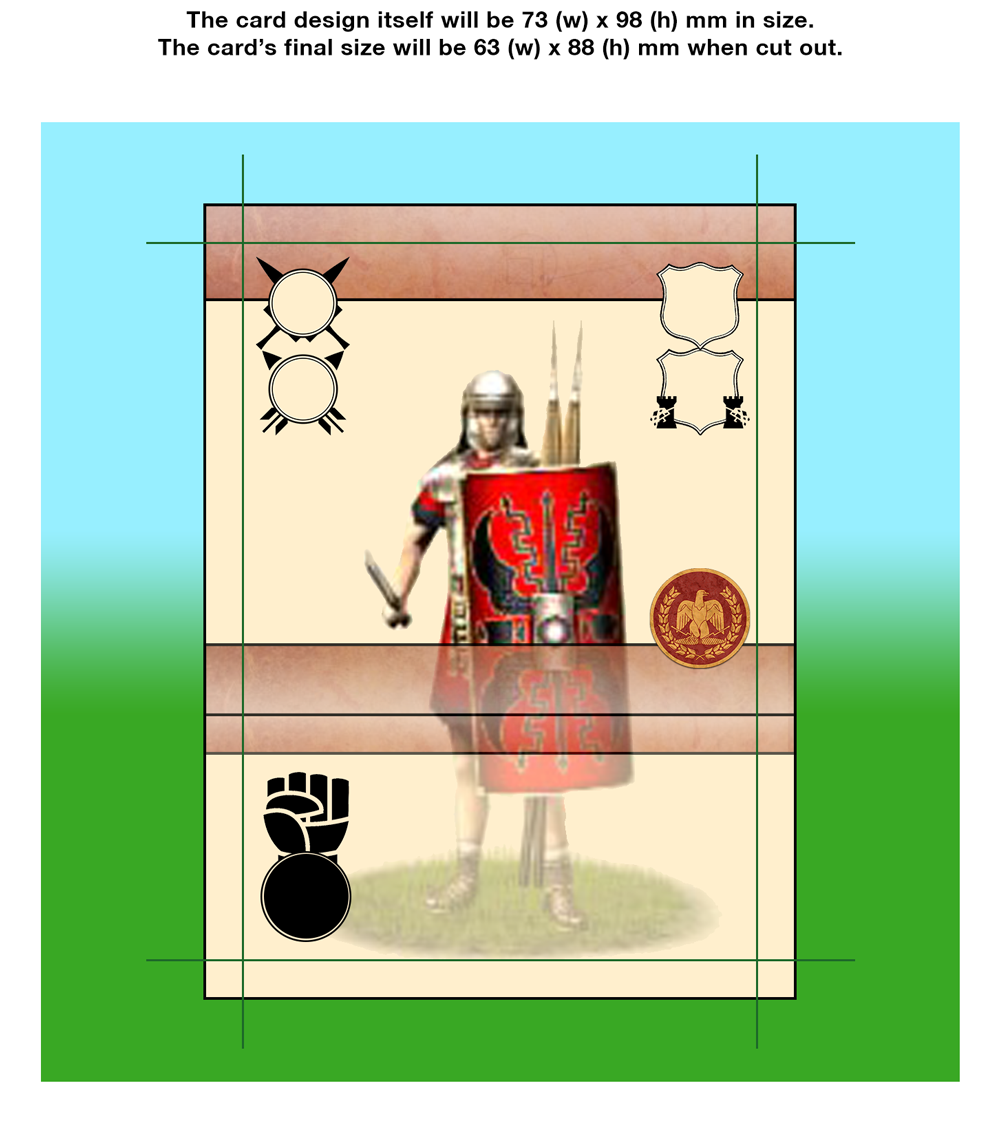
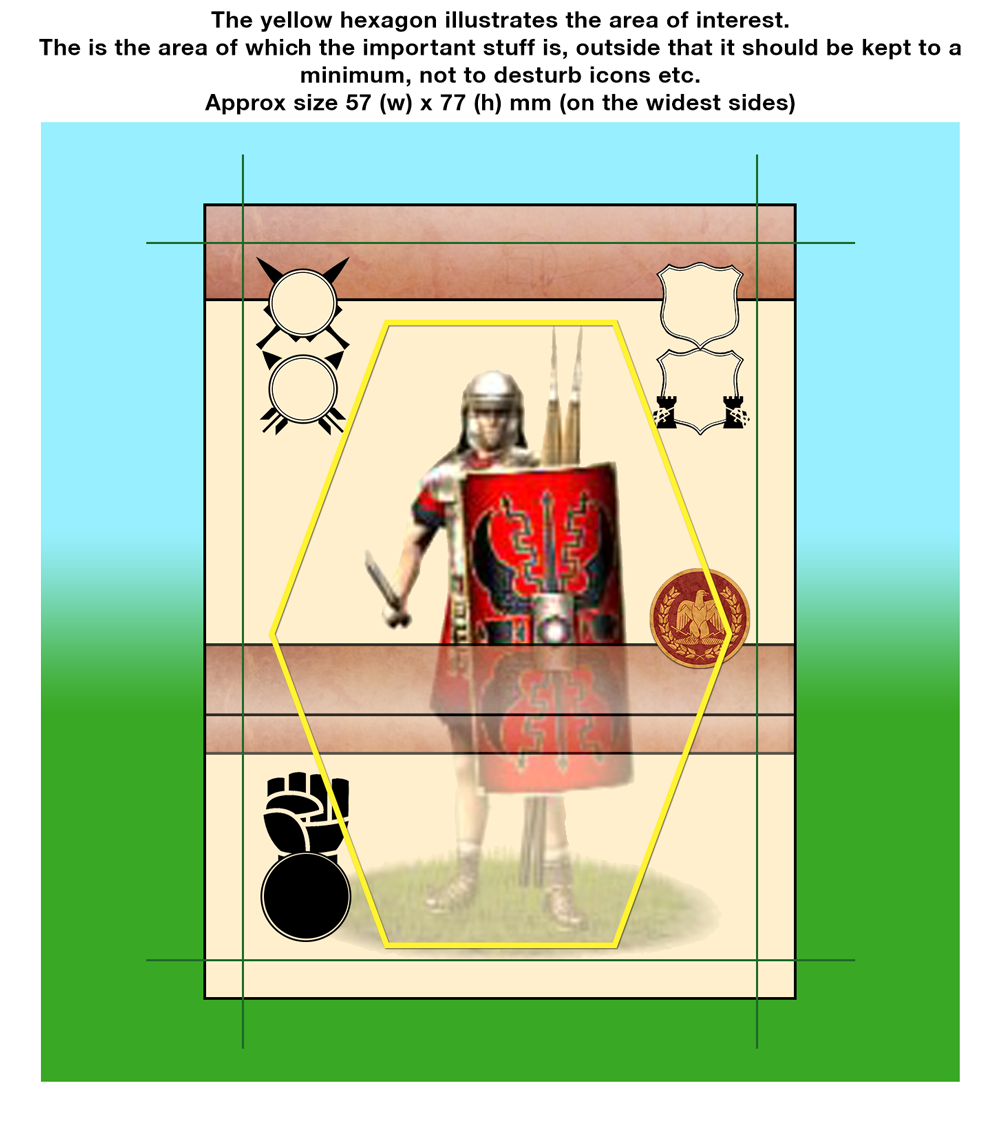
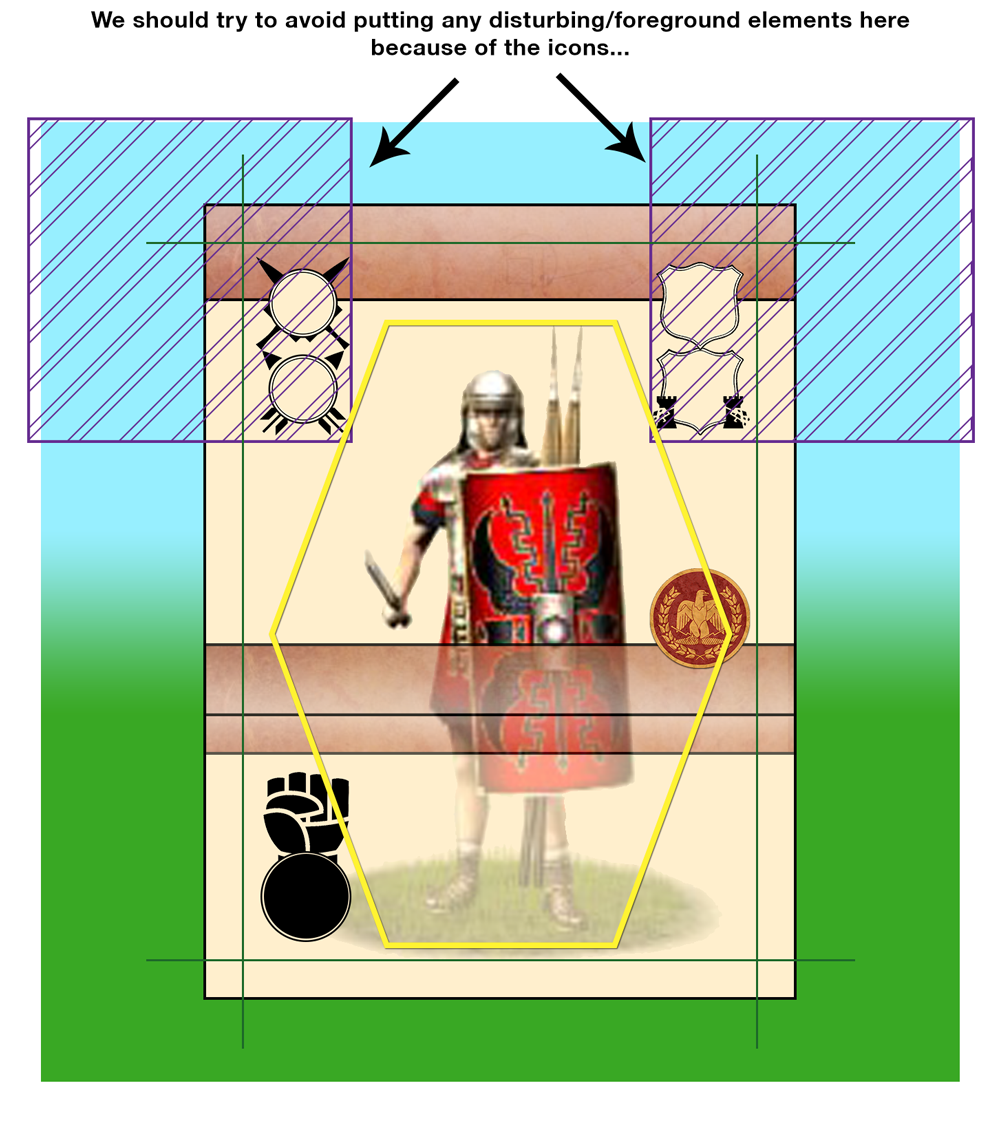
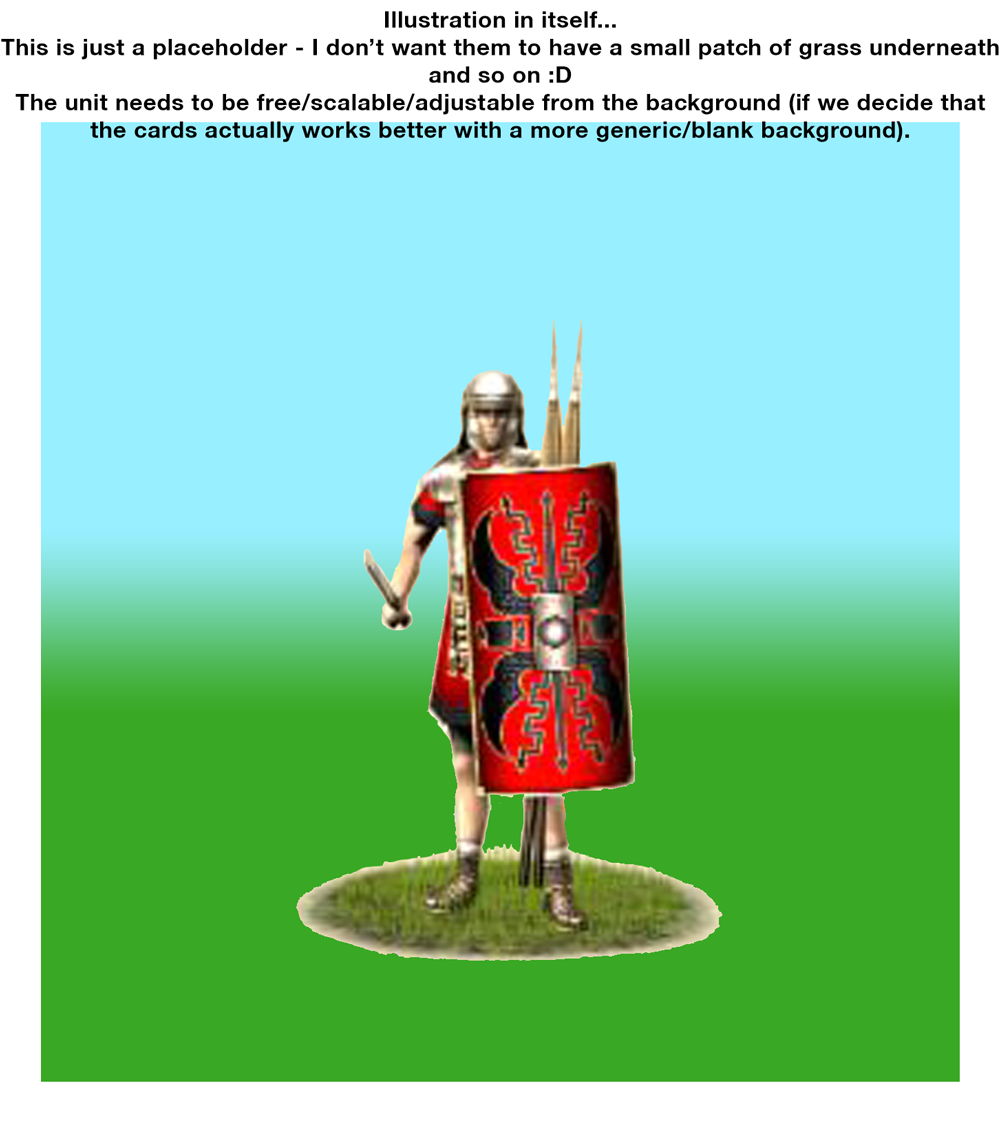
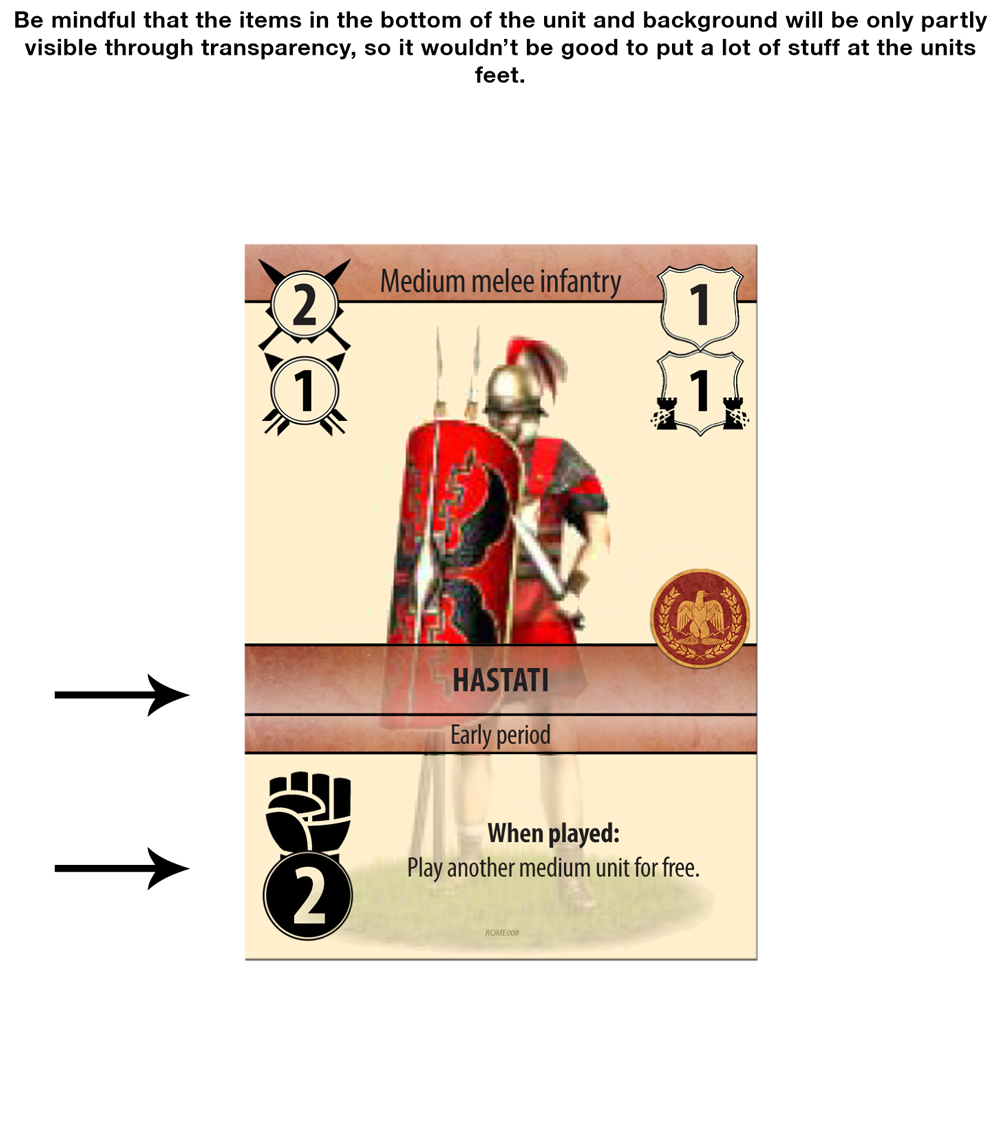
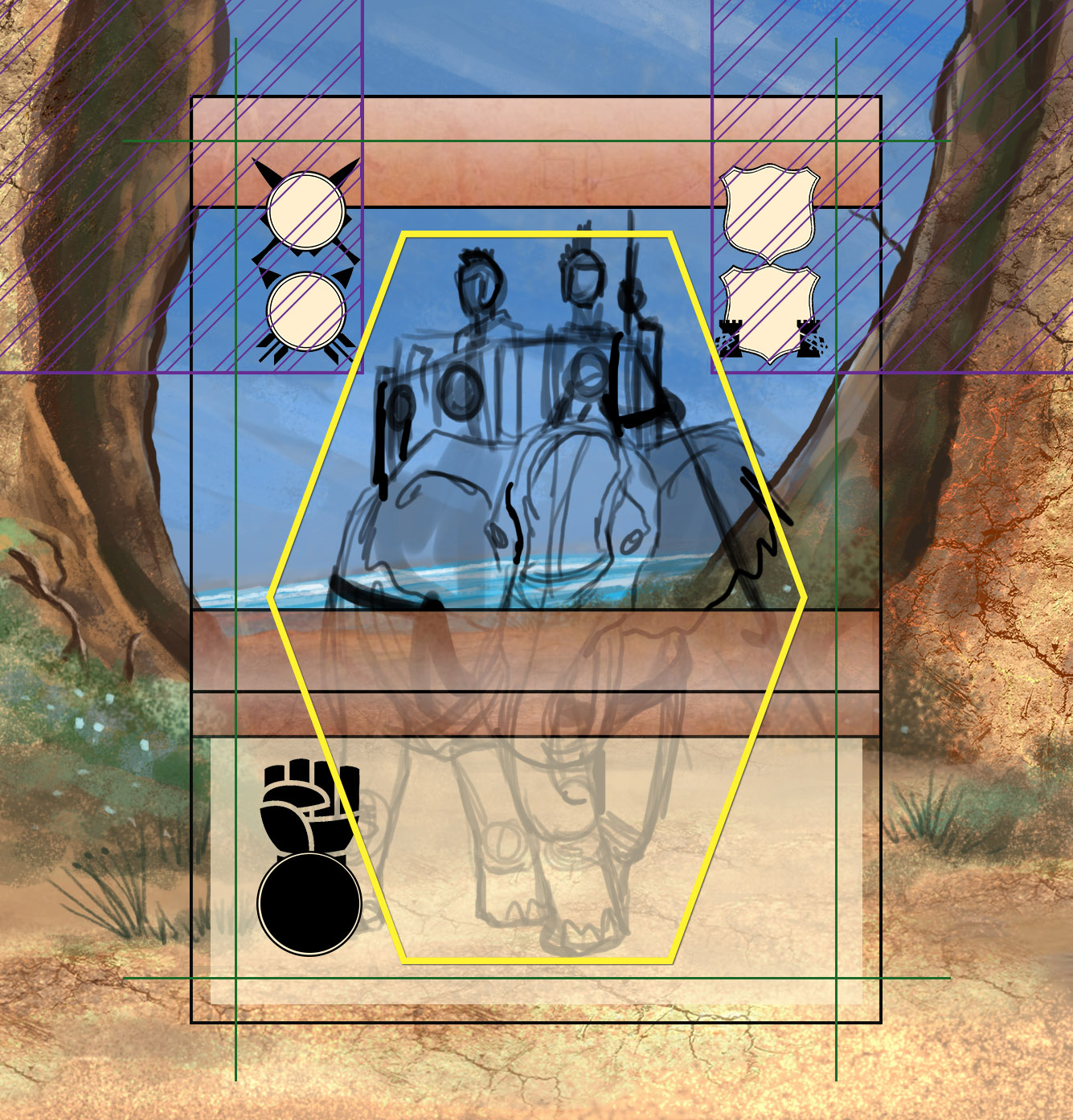
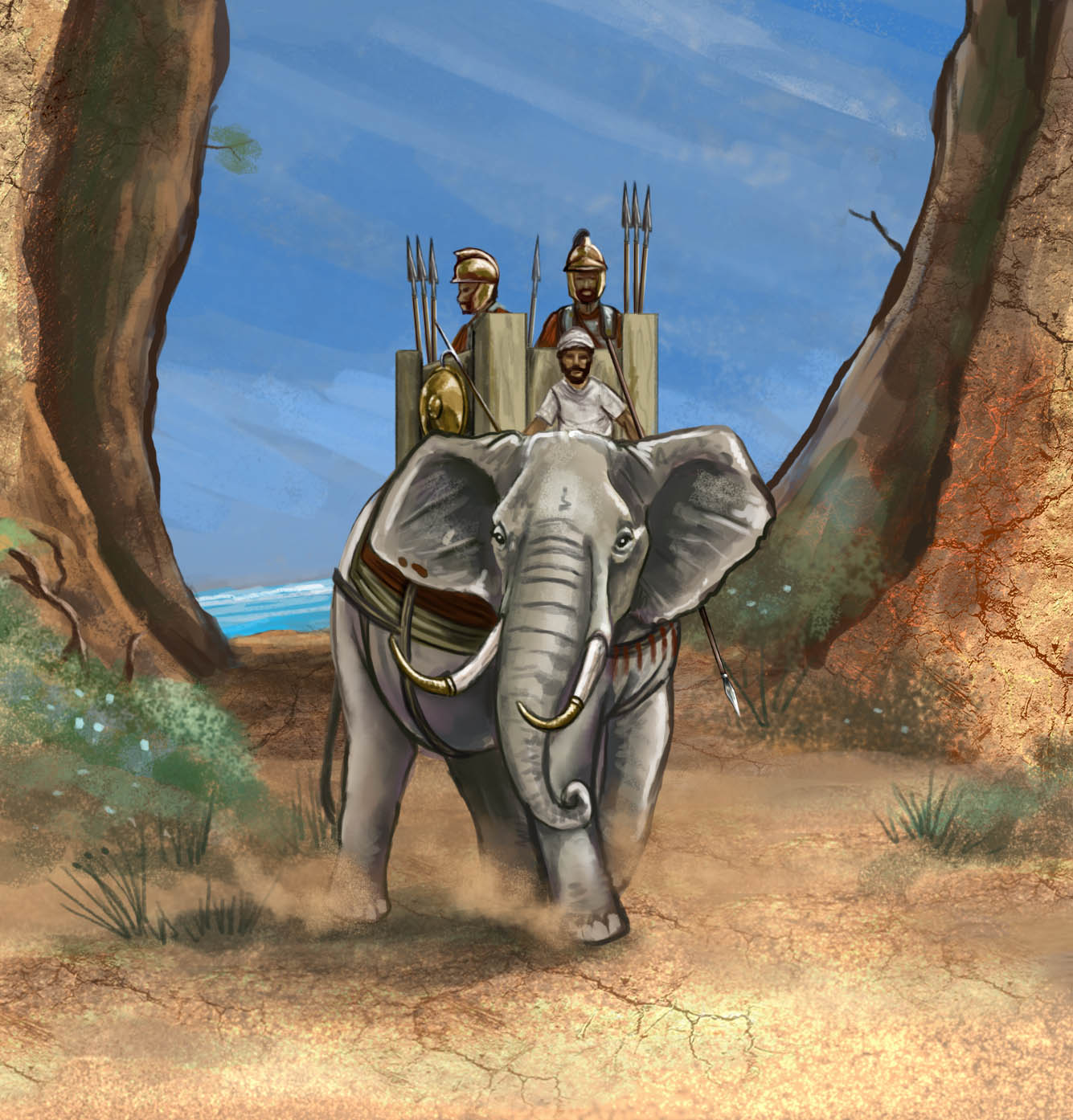
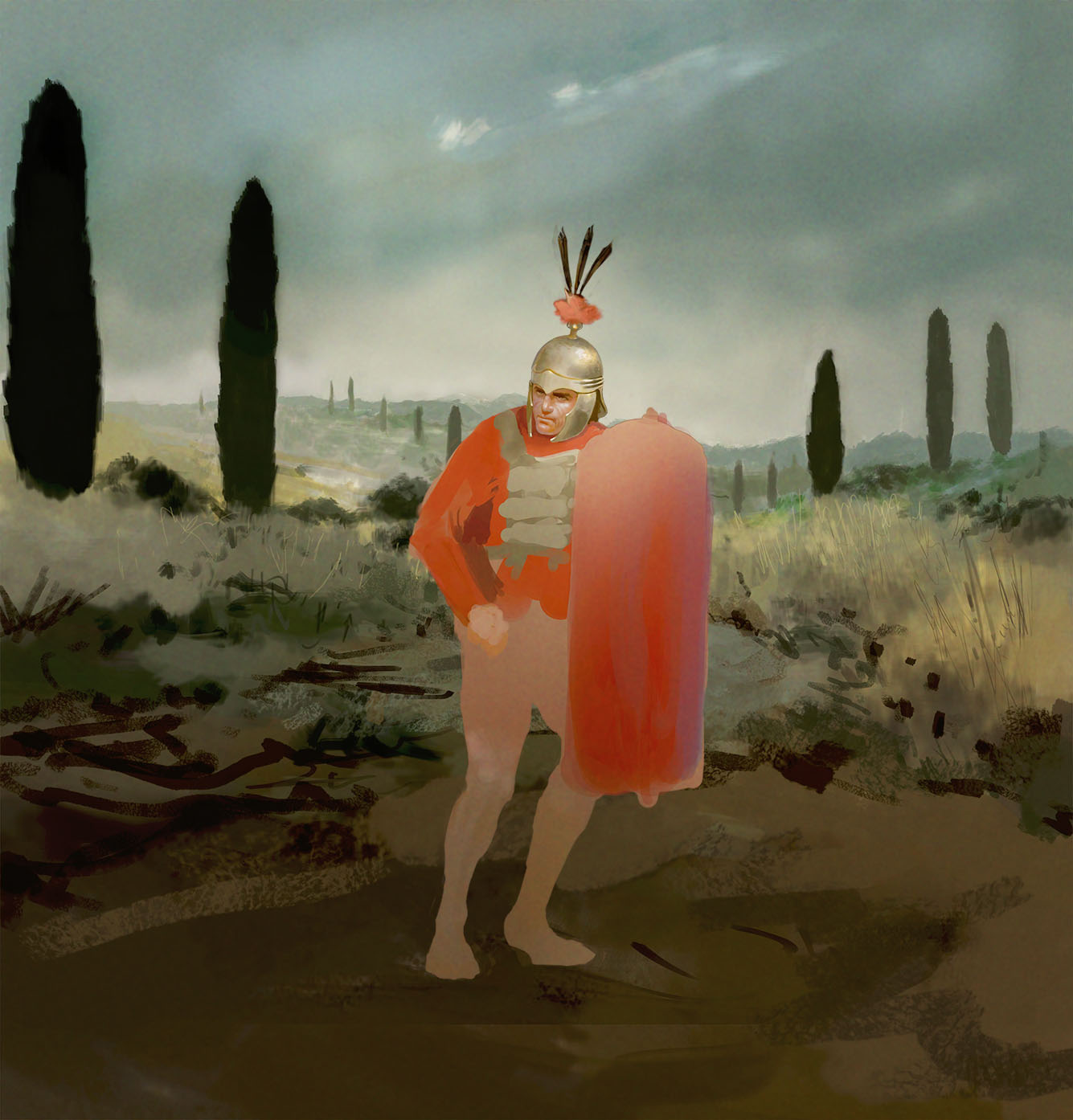
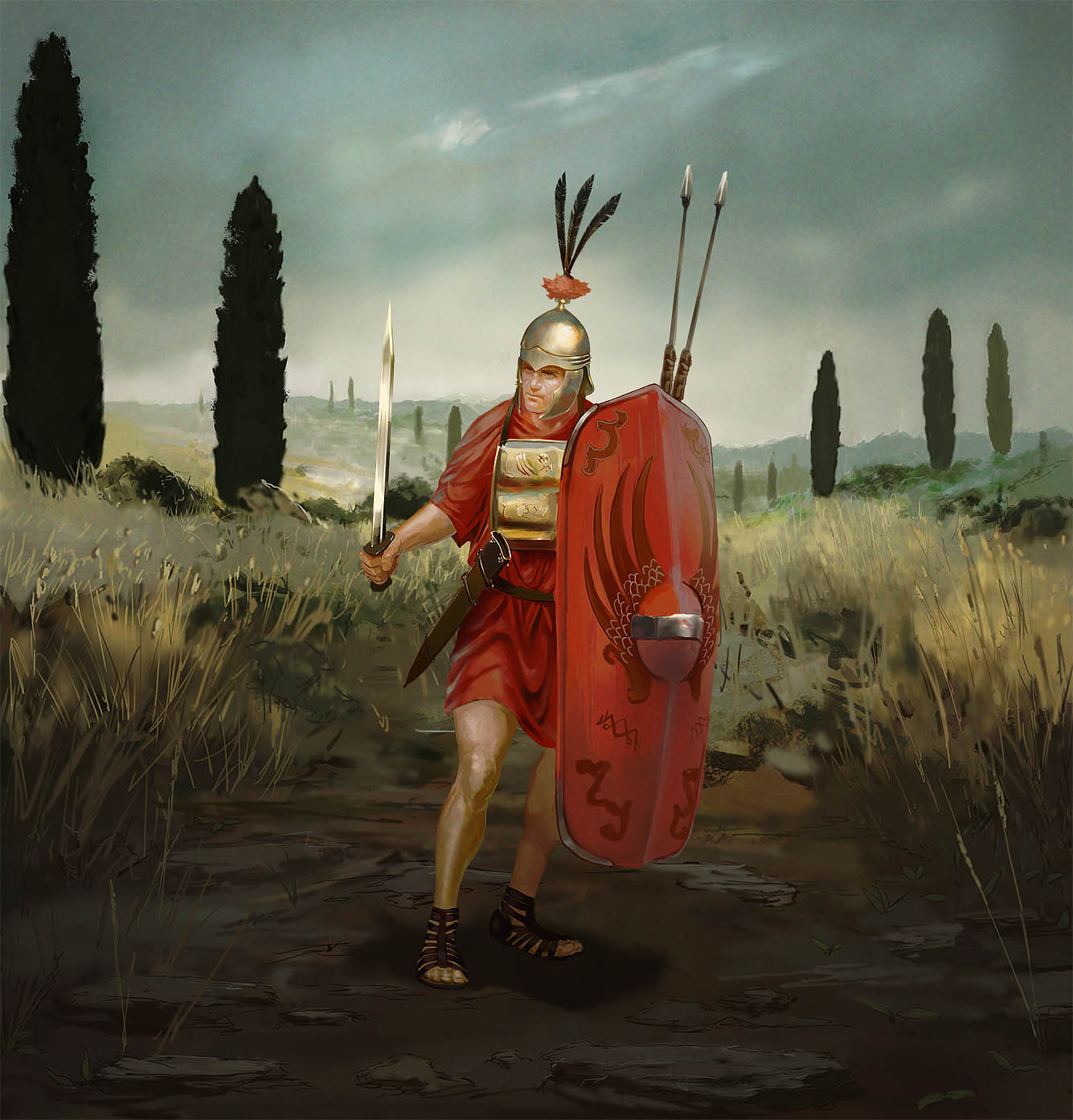
When you have a successful sample work, where you get to at test the relation while working and the iterative process, you should be all set for the entire project.
During the project itself you need to be able to give proper briefings, precise instructions and guidelines. For this I use the following pointers:
- A project page, where I describe setting, atmosphere and the game’s feel in depth.
For Burning Rome I used examples from Rome Total War to explain the blend of history and game play. I used examples from Hearthstone to explain iconography, and I used a ton of references to historical magazines, wikis and so on. - A task document that describe the tasks in depth (size, composition from foreground to background, important areas or frames etc.), and with proper references.
- Template files if possible. E.g. make a blank file in PSD with the correct DPI, cut and bleeds, so the illustrator avoids making any early mistakes.
- Provide WIP from previous illustrators if possible, to kickstarter the imagination, or if references are relevant.
- Provide a platform for sharing drafts. I prefer Dropbox for the ease of it and the fact that drawing can require large files.
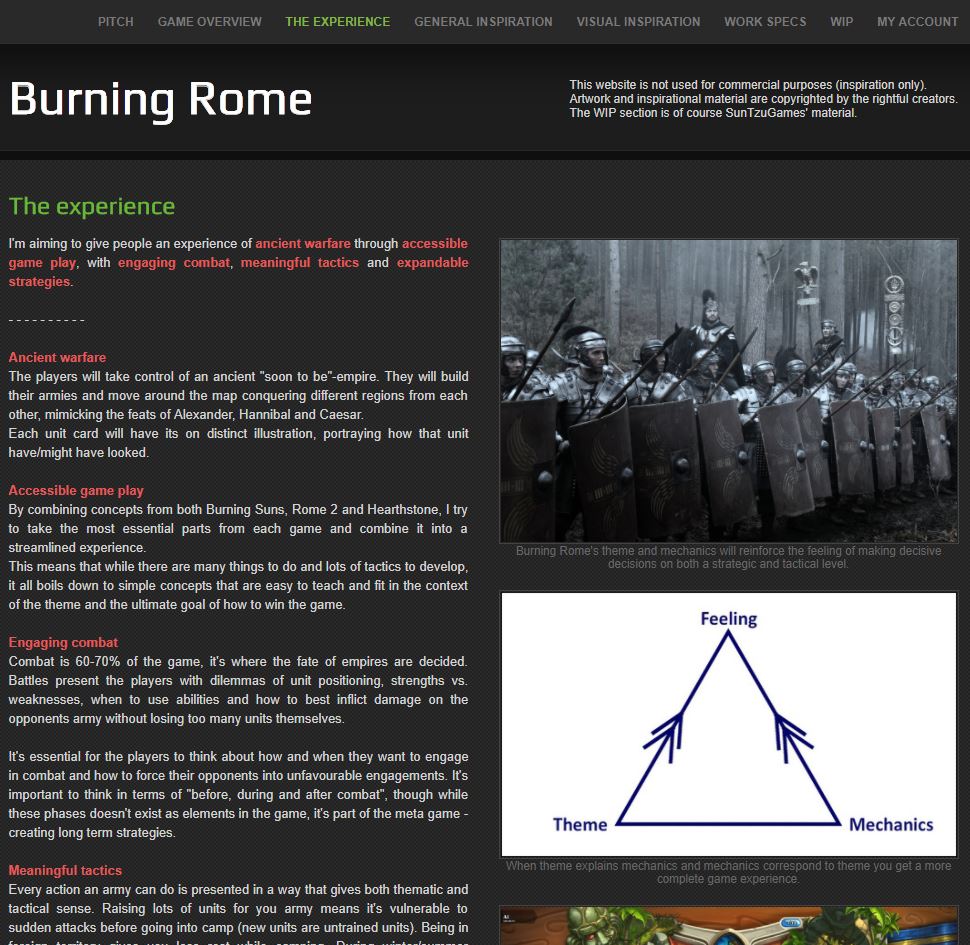
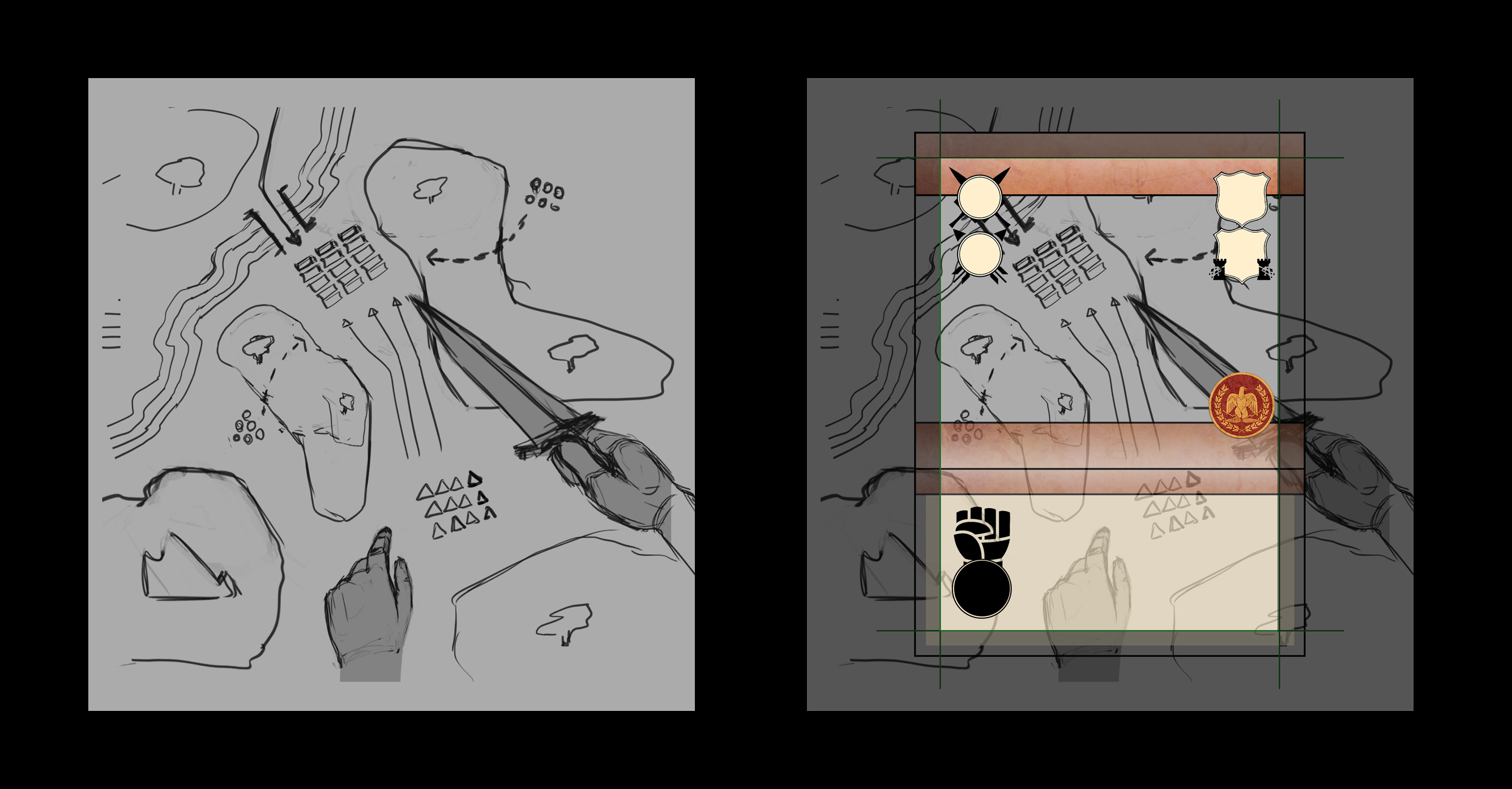
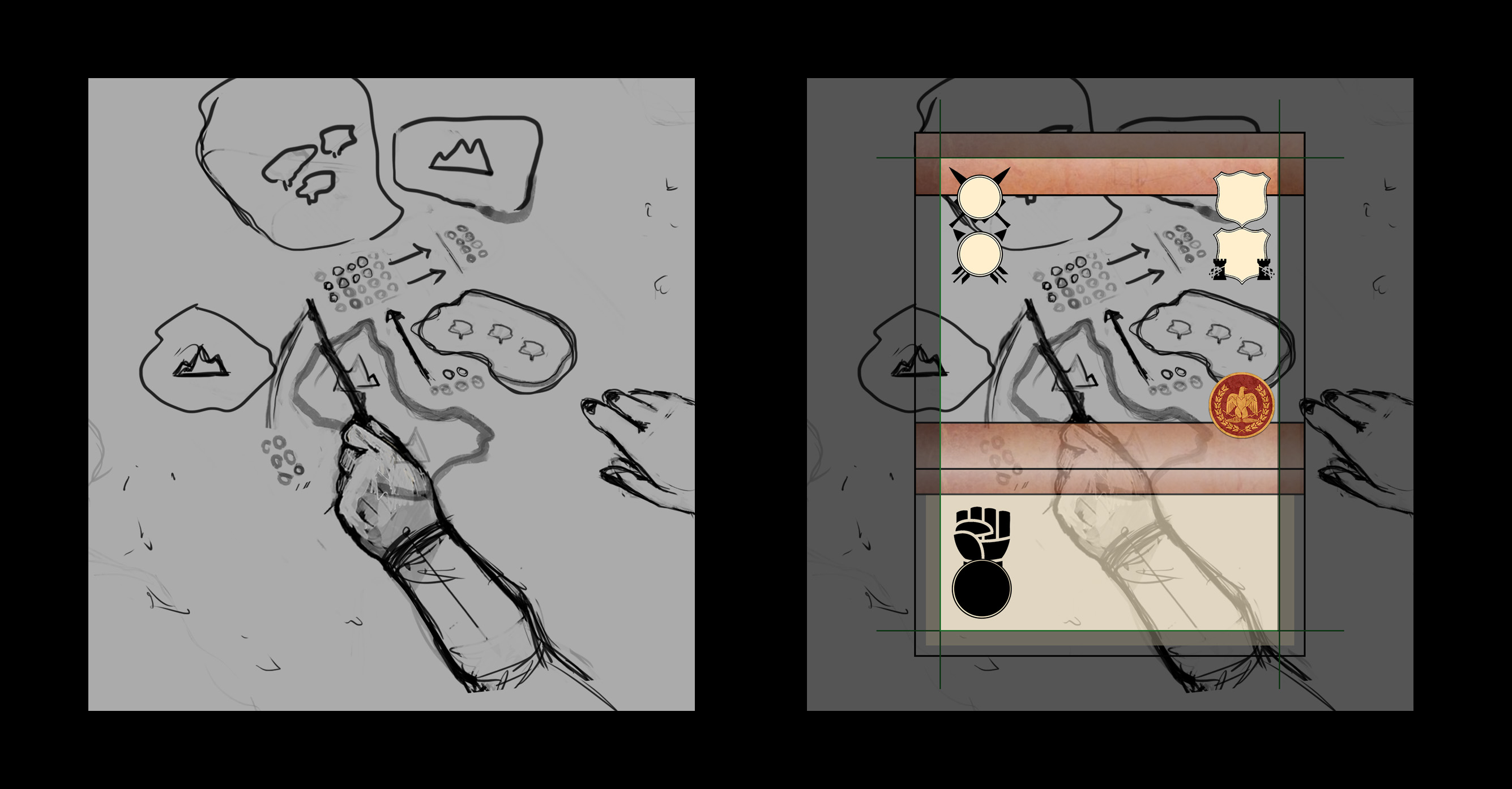
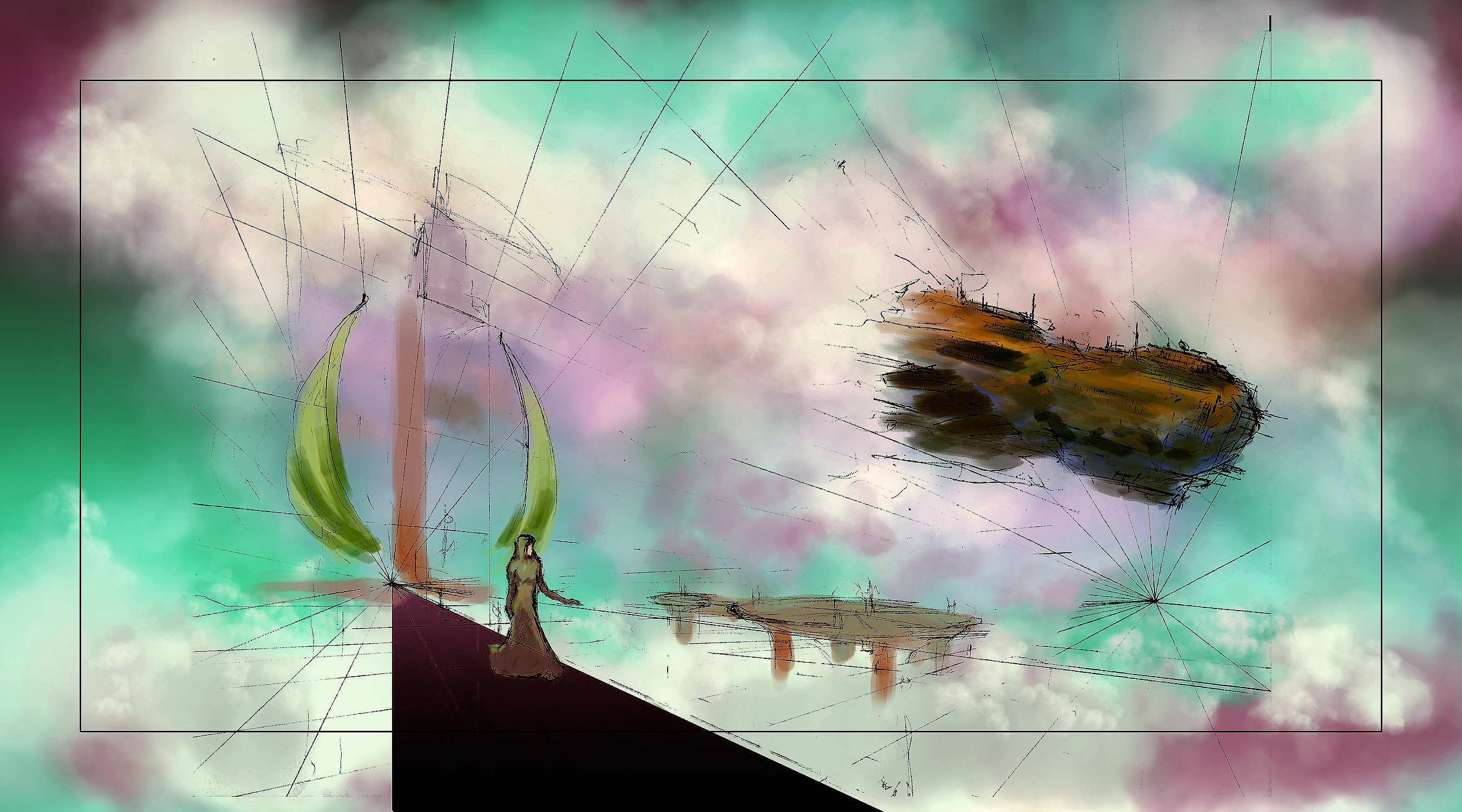
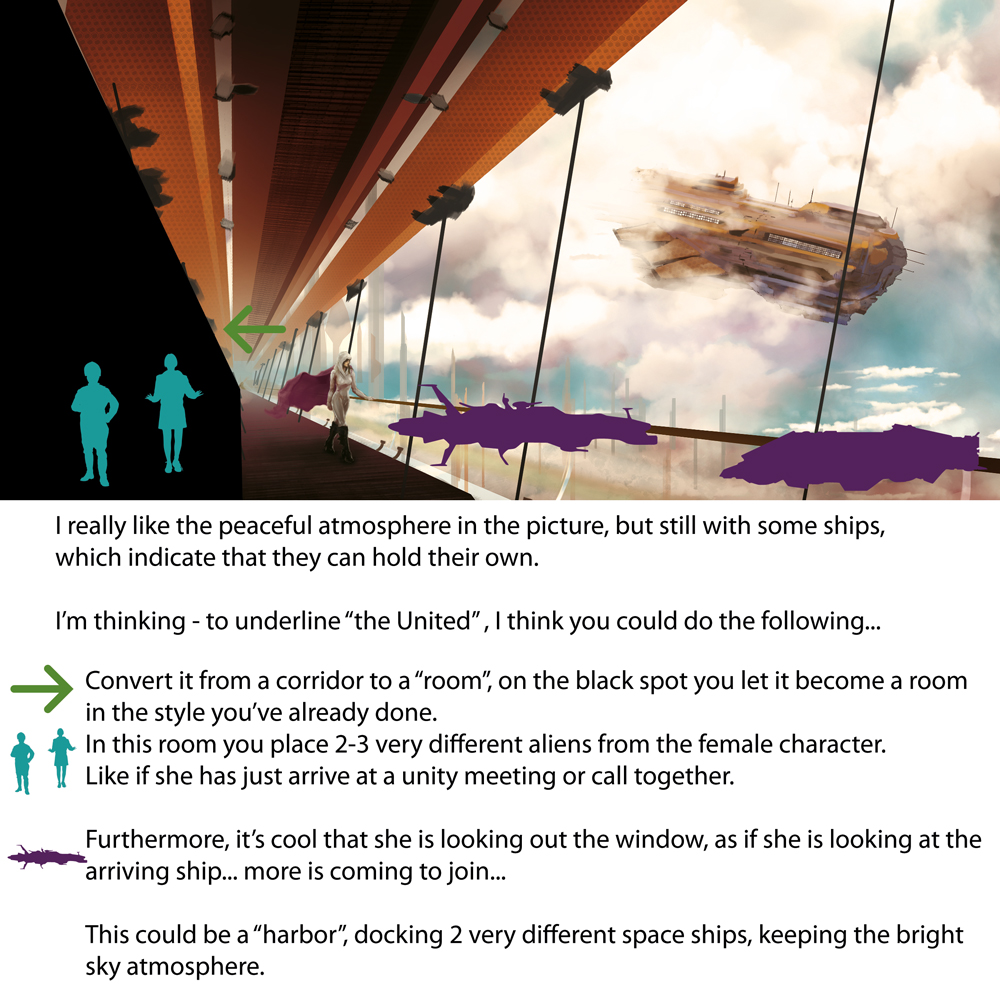
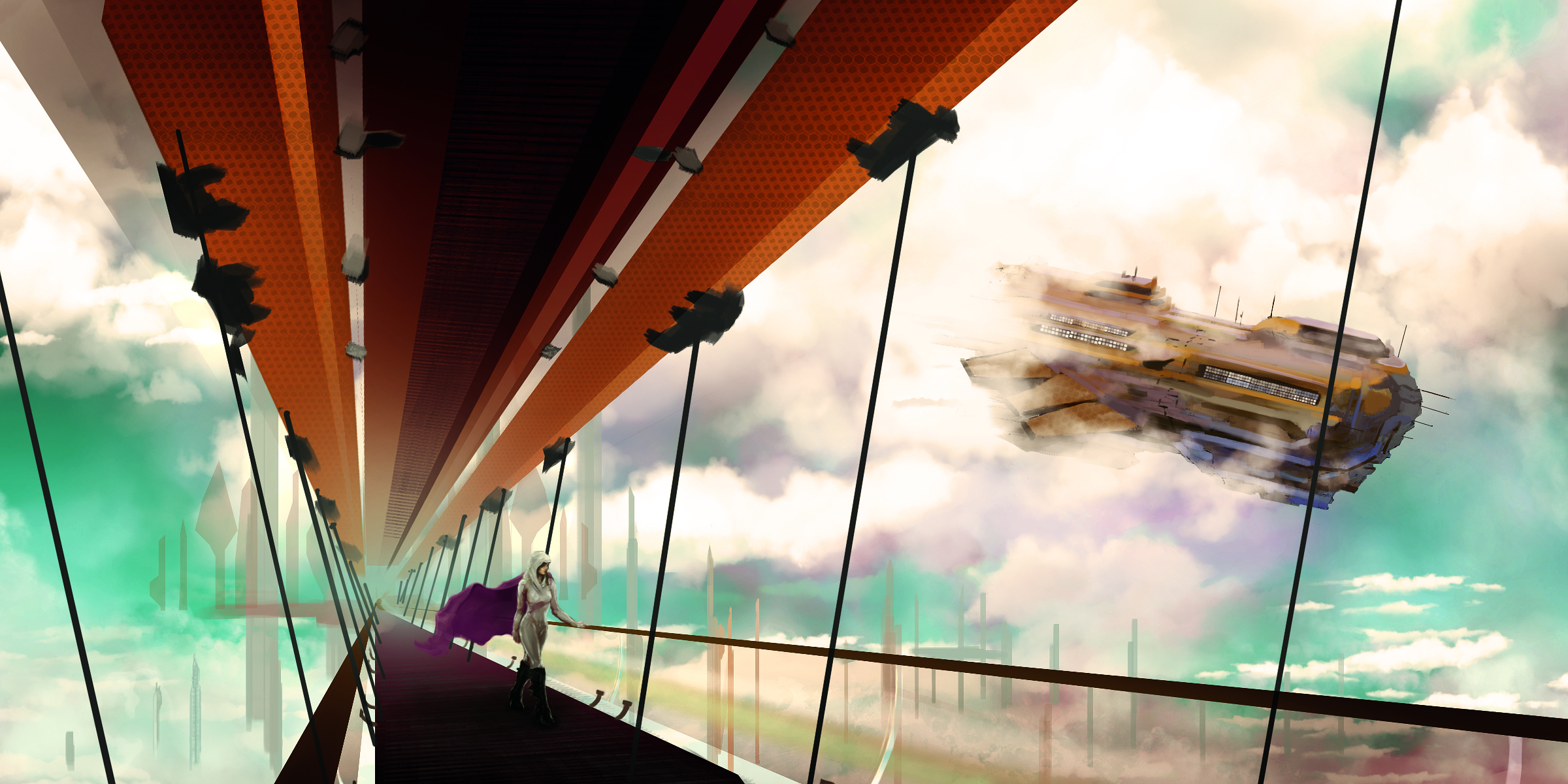
I’d always recommend the illustrator to ask for these things, so they are certain to pull in the same direction as the game designer/project manager.
While the illustrator is working, there isn’t much you can do other than wait, but I’ll still highlight a few important details for the period of the project.
- Whenever the illustrator asks a question, be fast to reply. The faster you reply the more can be done, especially if you live in different time zones.
- Whenever the illustrator submits a draft, be precise and encouraging in your reply.
Be precise and make it easy to understand. Use visual doddles on the drafts, so you can point out flaws or problems with the compositions without having to go into long explanations.
And remember, it’s not always fun to submit a work that is returned with several corrections, so make sure you’re encouraging the illustrator to push on. A person, who feels good, delivers a good product 🙂 - Be sure to send regular updates about the project itself (also on other topics) to your illustrators, so they know what’s going on and will be more invested in your project as a whole, and not just their tasks.
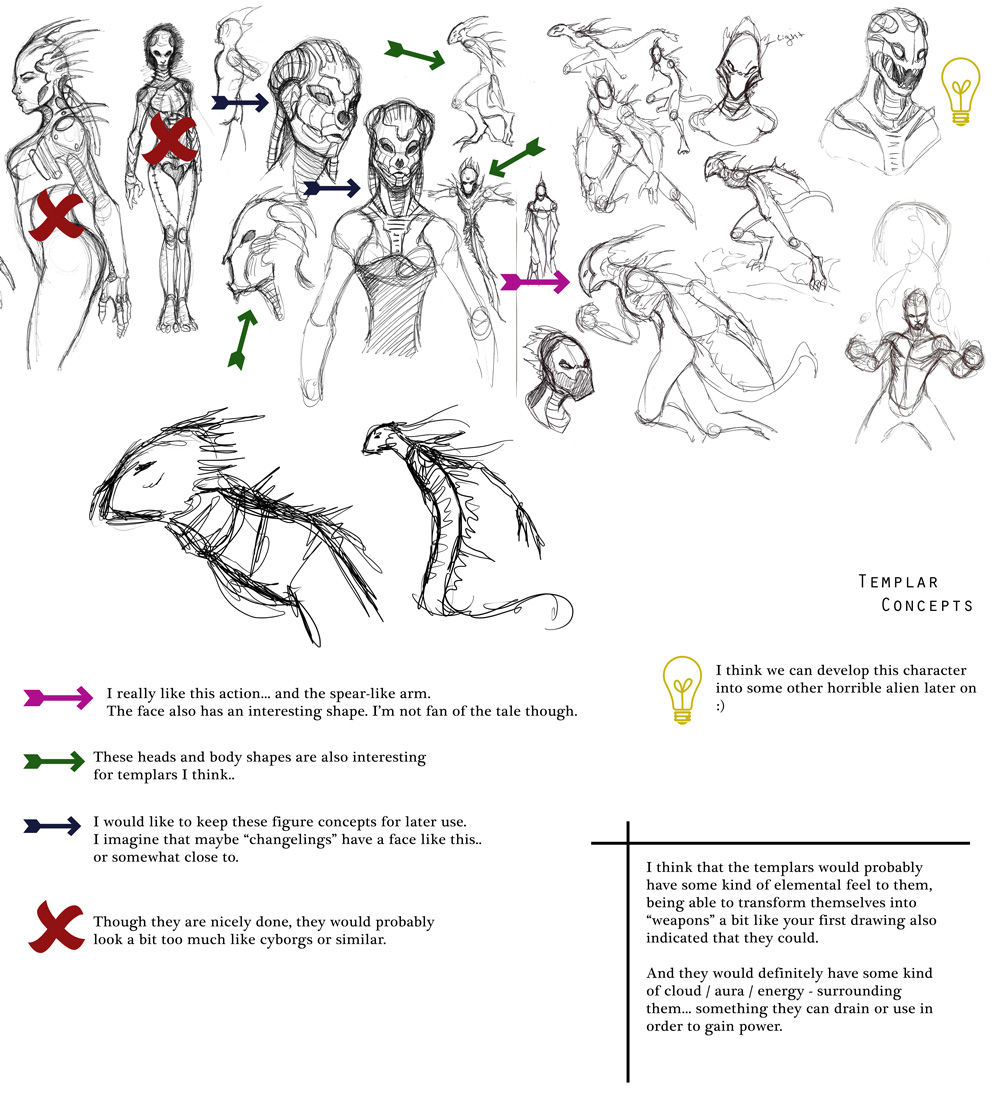
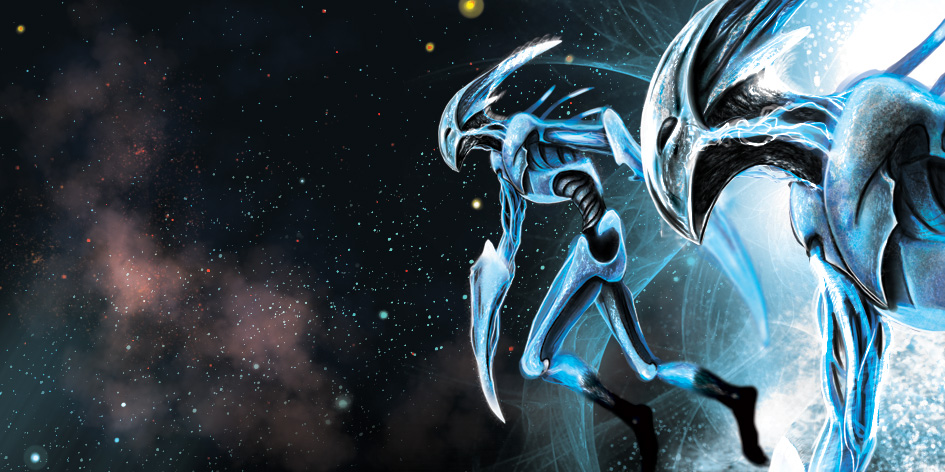
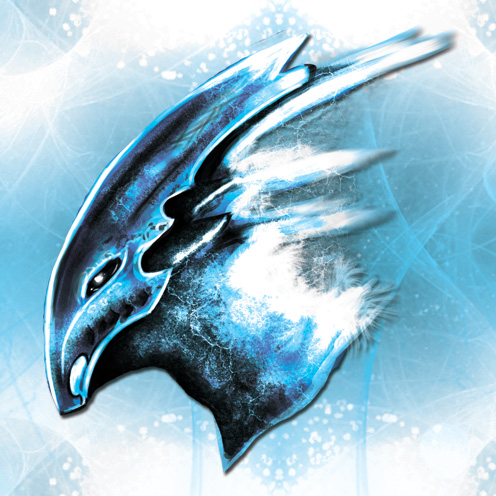
So that’s all I had for you, but before I leave, I’ve created a discount code for you, so you can pick up “The Art of the Burning Suns” for free in my webshop. Follow this link: http://selz.co/1Kjn3yx and use the code (AFSZUMWZ) to download it for free.
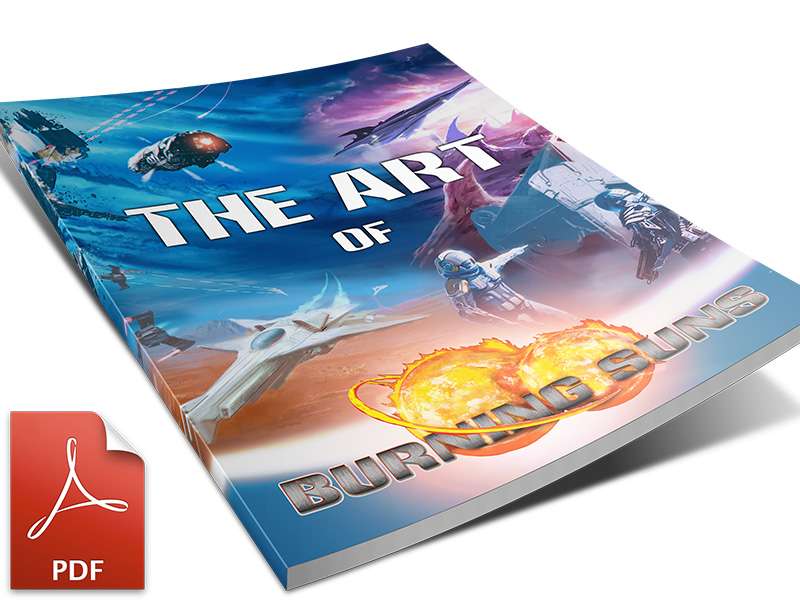
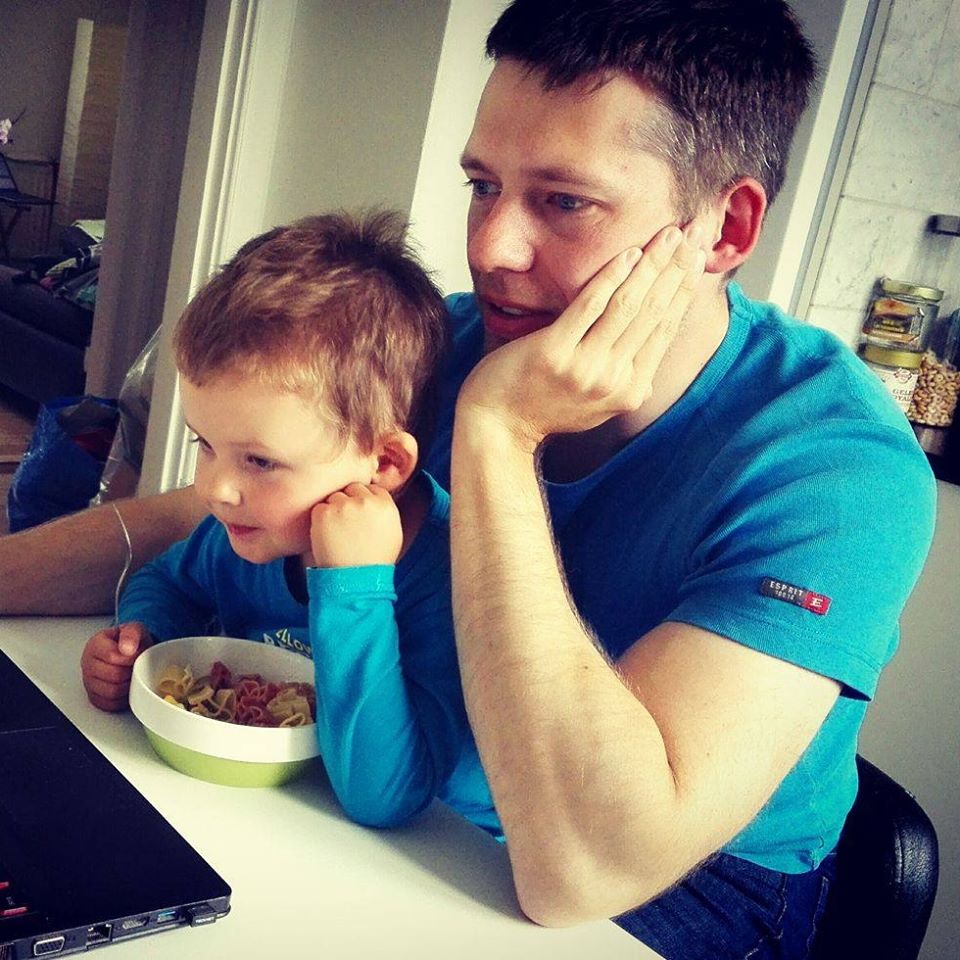
I hope both the article and book can serve as inspiration for your future work 🙂
Thanks for reading,
Best regards Emil
PS: Always credit your illustrators! And if you get the chance, create an artbook where you explain how your vision came to be, I’d be eager to read it 🙂
Link section:
Website: http://www.suntzugames.com/
Burning Rome: http://www.suntzugames.com/burning-rome.html
Kickstarter campaign: https://www.kickstarter.com/projects/suntzugames/burning-rome
Burning Rome on Facebook: https://www.facebook.com/burningromethegame
Burning Suns: http://www.suntzugames.com/burning-suns.html
Kickstarter campaign: https://www.kickstarter.com/projects/suntzugames/burning-suns
Burning Suns on Facebook: https://www.facebook.com/burningsunsthegame/
The Art of Burning Suns: http://selz.co/1Kjn3yx

